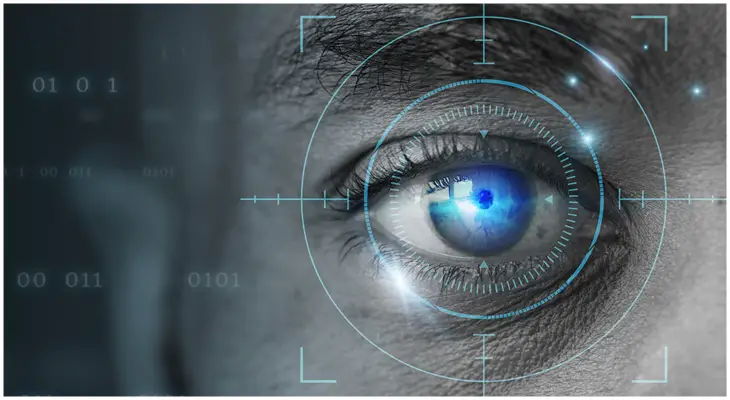Facial recognition technology is a rapidly evolving field that uses artificial intelligence and computer algorithms to identify and analyze a person’s facial features. There are two main types of facial recognition technology: 2D facial recognition and 3D facial recognition.
2D Facial Recognition: 2D facial recognition technology uses images of a person’s face to identify and analyze their facial features. This type of technology works by capturing an image of a person’s face and comparing it to a database of stored images to find a match. The process of 2D facial recognition involves several steps, including face detection, facial feature extraction, face comparison, and matching.
2D facial recognition technology is widely used in security and law enforcement, as well as in consumer technology, such as smartphones and social media platforms. Despite its benefits, 2D facial recognition technology has also raised concerns about privacy and security, as well as concerns about accuracy.
3D Facial Recognition: 3D facial recognition technology uses 3D images of a person’s face to identify and analyze their facial features. This type of technology works by capturing a 3D image of a person’s face, which can be done using a specialized camera or by using multiple 2D images to create a 3D image. The process of 3D facial recognition involves several steps, including face detection, facial feature extraction, face comparison, and matching.
3D facial recognition technology offers several advantages over 2D facial recognition technology.
For example, because 3D images provide a more complete and accurate representation of a person’s face, 3D facial recognition technology is generally considered to be more accurate and reliable than 2D facial recognition technology. Additionally, because 3D images are not affected by changes in lighting or other environmental factors, 3D facial recognition technology is more robust and reliable in challenging environments.
Despite its benefits, 3D facial recognition technology is also not without its challenges. For example, the process of capturing a 3D image of a person’s face can be more complex and time-consuming than capturing a 2D image, and it requires specialized equipment, such as a 3D camera. Additionally, the data storage requirements for 3D images are much larger than for 2D images, which can be a challenge for organizations that need to store large amounts of data.
In conclusion, there are two main types of facial recognition technology: 2D facial recognition and 3D facial recognition. 2D facial recognition technology uses images of a person’s face to identify and analyze their facial features, while 3D facial recognition technology uses 3D images of a person’s face to identify and analyze their facial features. Both types of technology have their benefits and challenges, and the type of technology that is best suited for a particular application will depend on the specific requirements and constraints of that application.







